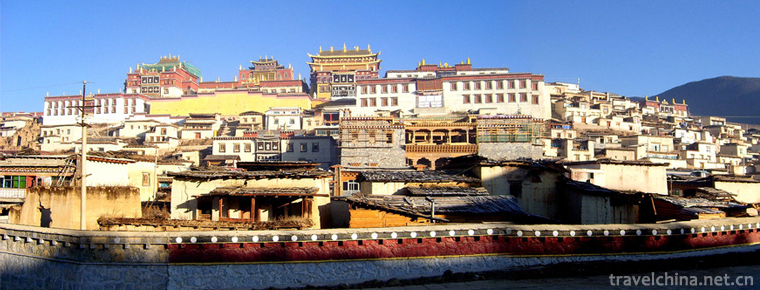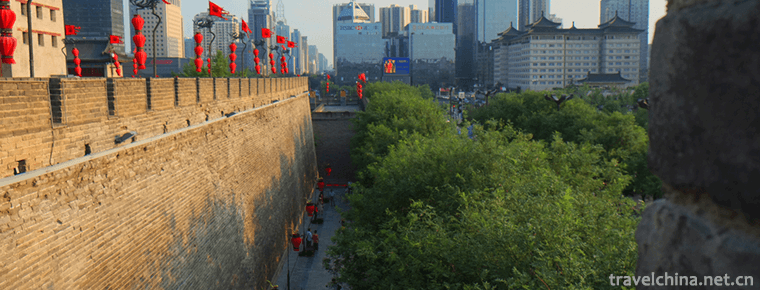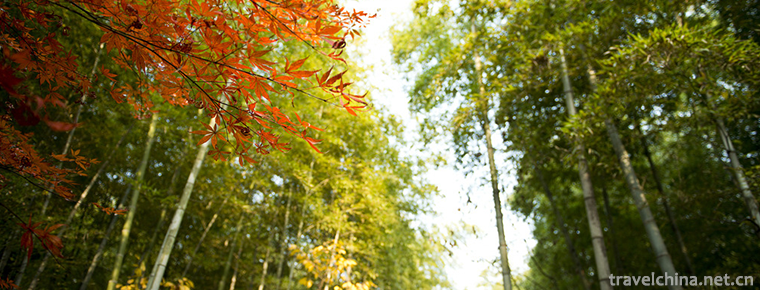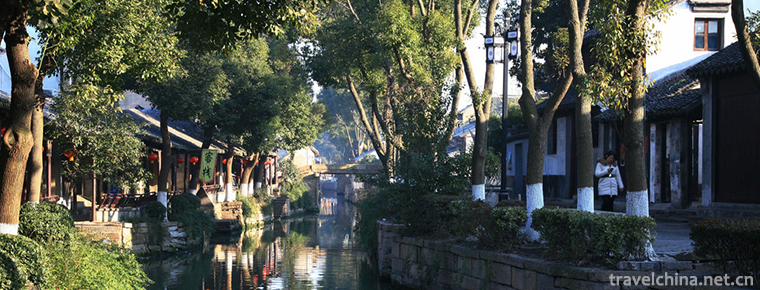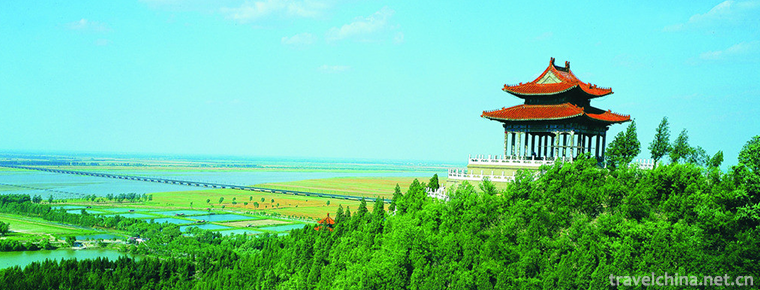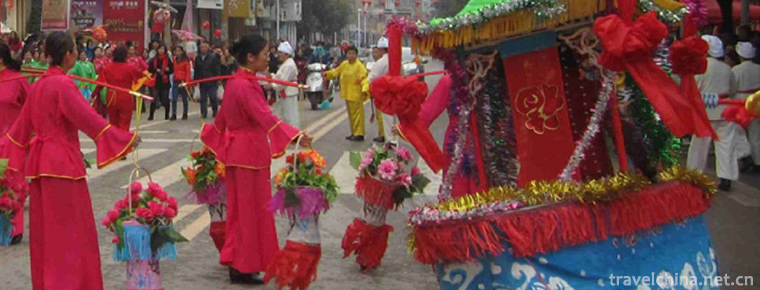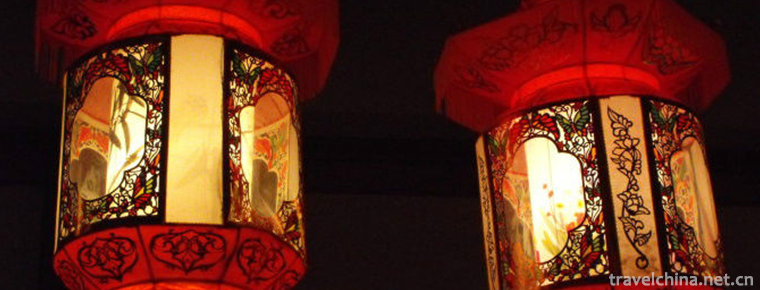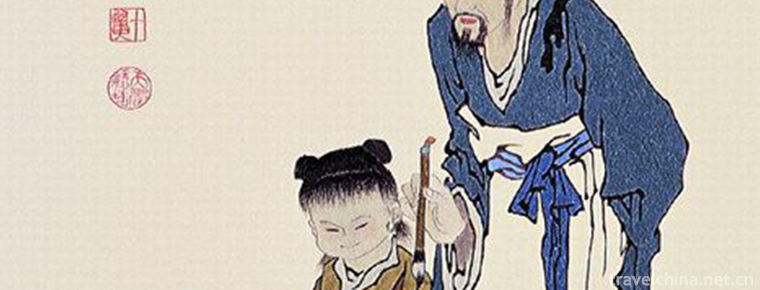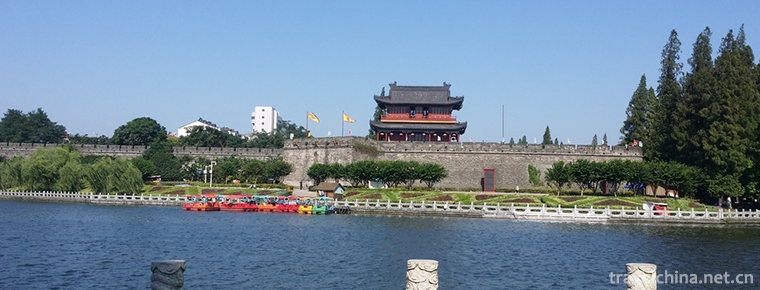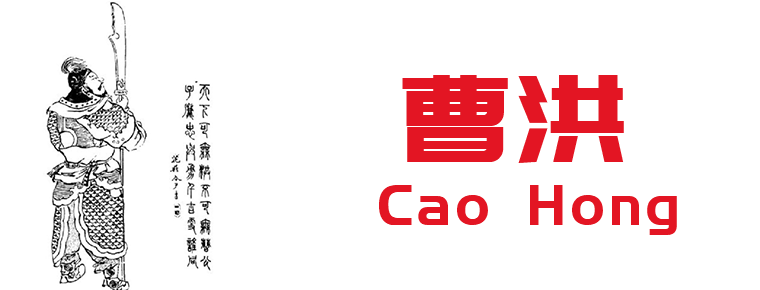Yicheng Qinshu
Yicheng Qinshu
Yicheng Qinshu is called "Qinshu" because its main accompaniment instrument is Yangqin. Yicheng Qinshu is an ancient traditional folk art. Legend has it that it originated in the late Yuan Dynasty and was popular in the border areas of Henan, Shaanxi and Shanxi provinces centered on Yicheng, Shanxi. The singing tunes can be divided into two categories: cymbal tune with cymbal Festival and drum tune with octagonal drum festival.
On May 23, 2011, the "Yicheng Qinshu" declared by Yicheng County of Shanxi Province was listed in the third batch of national intangible cultural heritage list with the approval of the State Council.
historical origin
Yicheng Qinshu is a native folk art of rap and singing, commonly known as "local book" on the fertile soil of Yicheng, Shanxi Province, which has thousands of years of cultural heritage. According to the records of Yicheng County Chronicle and Liyuan Centennial Trivial Records, Yicheng Qinshu originated in the prosperous period of Yuan Dynasty miscellaneous opera and was popular in Henan, Shaanxi and Shanxi provinces with Yicheng as the center. With a long history and unique charm, it can be regarded as a wonderful flower of folk art.
Yicheng Qinshu was a folk song in its early stage. The singing artists, with a violin, a wooden fish and an octagonal drum, played and sang by themselves, traveling through villages and alleys. Every place, in the streets, alleys or people's courtyards, set up a table, one person holding cymbals or playing piano, one hand pulling four beards, at the same time, one foot stepping on the Wooden Bangles tied with ropes, hitting small wooden fish fixed on the table, both hands and feet, playing and singing together. When singing emotional climax, the lead singer holds the octagonal drum, beats the drum point with the finger, while dancing the silk ears of the drum body, appears particularly beautiful and wonderful.
During the Ming and Qing dynasties, the number of people in the Qinshu group gradually increased to three to five. Meanwhile, Banhu, flute and other musical instruments were added. New developments have also been made in tunes. At the end of the Qing Dynasty and the beginning of the Republic of China, the singing art of "floor stall" was gradually formed, which was sung by people and accompanied by many people.
Since the 1970s, Yicheng Qinshu has carried out bold reforms on the basis of inheriting the tradition. Literary and artistic workers in Yicheng County tried to change the role-based singing of Yicheng Qinshu into the role-playing singing of actors, from the "floor stall" to the stage performance. At the same time, music has added drum board, horse gong, Gong and high-pitched Banhu music. After years of tempering and reform, a unique new local opera has gradually formed, known as "Yicheng Qin Opera". In 1982, the Yicheng Qin Opera Troupe was formally established, marking the formal transformation of Yicheng Qin scripts from the form of opera to the form of opera.
Yicheng Qin opera has absorbed the essence of local opera, eyebrow and folk music in its continuous development, making music and music more colorful. In the selection of plays, the traditional operas Shanshiting and Xianliangzhuan were carefully rehearsed to make this new art of piano opera shine brilliantly on the stage. At the same time, the Qin Opera Troupe has also arranged modern operas in a rigid manner, which has greatly boosted the reputation of the Qin Opera.
artistic characteristics
content
Qinshu is a combination of language and singing music to narrate stories, shape characters, express ideas and feelings, and reflect social life. Generally, narrative is the main part, with endorsement as the supplement, and combined with action and expression, singing.
Singing instruments
The accompaniment instruments of Yicheng Qinshu mainly include Yangqin, Sihu, Sanxian, octagonal drum, wooden fish and so on. When singing, the number of actors is usually three or four.
Performing Form
The forms of performance include sitting, walking, dismantling (singing in different roles), and colourful singing (masquerade performance).
Music for voices in a Chinese Opera
The structure of the aria belongs to the slab style, but there are also some elements of the Qupai. There are two kinds of music art: cymbal tune of cymbal Festival and drum tune of octagonal drum festival. The main board types are adagio, 28th board, flying board and drum cavity.
Regional characteristics
First of all, influenced by the geographical and social environment, Yicheng County is closely related to some cities and counties in the north of Henan Province. Henan local operas are indispensable in the music components. Secondly, Yicheng local "folk songs" are also an important part of Yicheng Qinshu melody. The local dialect of Qinshu is also an important part. The "original taste" of the dialect is also one of the factors favored by the local people.
In the performance of Yicheng Qinshu, one of the most exquisite skills of the Qinshu is the drum beating in the "drum tune". Whenever a paragraph or a long passage is returned, the rapper holds the octagonal drum, shakes his dexterous fingers and plays the drum while expressing the inner distress, narration and recollection of the characters, causing a fever. The intense atmosphere, and then the tone change singing, will naturally bring the audience into the next plot.
representative figure
Representatives include: Zhang Dianjun, Cui Dao'an, Li Xiangyu, Wang Haixiang, etc. Representatives include: Chai Huan Jiu, Killing Dogs and Advising Husband, Zhang Antique Lending Wife, Little Widow Going to Tomb, Ten Little Monks, Enemy Military Workers Team, Ouyang Hai Song, Watching Melon, Steering Wheel, etc.
Inheritance Significance
Yicheng Qinshu is divided into two major schools: South Road and North Road. The main difference is that the north road is mainly composed of local tones, using levy tones; the South Road absorbs Henan folk tones and uses Palace tones. The value of Qinshu is not small, it is worth inheriting.
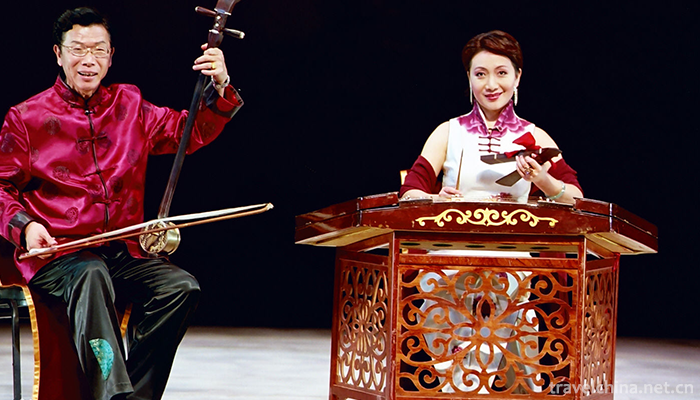
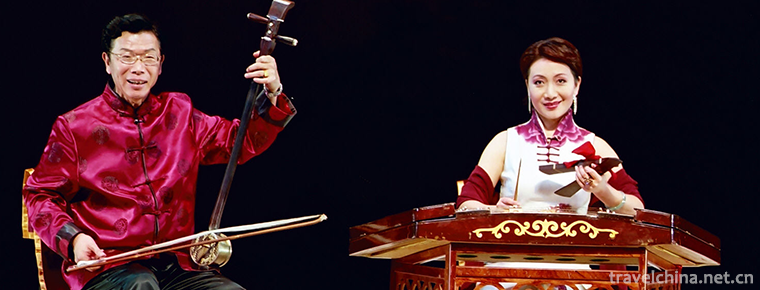
Yicheng Qinshu
-
Naturalization TempleSongdan Songzanlin Temple
Kardan Songzanlin Temple is the largest Tibetan Buddhist monastery in Yunnan Province
Views: 166 Time 2018-10-20 -
Xian City Wall Scenic Area
Xi'an City Wall Scenic Area and National AAAAA Tourist Scenic Area are the four-in-one Scenic Area around the city with the theme of the ancient city wall of Xi'an, including the moat
Views: 157 Time 2018-12-12 -
Nanshan Bamboo Sea Scenic Area
Tianmu Hunan Shanzhuhai Scenic Area is located in Liyang, Jiangsu Province, which is the junction of Jiangsu and Anhui Provinces. It is a national 5A scenic spot.
Views: 270 Time 2018-12-31 -
Luzhi Ancient town
Yongzhi Ancient Town belongs to Wuzhong District of Suzhou City. It is located in the east of Suzhou City. It is 18 kilometers west of Suzhou City and 58 kilometers east of Shanghai.
Views: 126 Time 2019-02-06 -
Zhengzhou Yellow River Scenic Spot
The Yellow River Scenic Spot is located 20 kilometers northwest of Zhengzhou City, capital of Henan Province, on the Bank of the Yellow River. It is situated on Weiyueshan Mountain in the South and Ta
Views: 268 Time 2019-03-18 -
Automative lighting
Car lights are also known as "teasing Momei" and "running a dry boat". It is mainly performed around the Spring Festival.
Views: 345 Time 2019-04-16 -
Lantern Festival
It is closely related to the folk custom of Lantern appreciation in China. According to textual research, lantern appreciation began in the Western Han Dynasty and flourished in the Sui and Tang Dynas
Views: 130 Time 2019-04-26 -
Gu embroidery
Gu embroidery, a traditional folk art in Shanghai, is one of the national intangible cultural heritages.
Views: 164 Time 2019-05-01 -
Legend of the Three Kingdoms
The legend of the Three Kingdoms is a kind of folk literature which was approved by the State Council and listed in the fourth batch of national intangible cultural heritage list in 2014.
Views: 226 Time 2019-06-12 -
Cao Hong
Cao Hong(? - two hundred and thirty two). Pei Guo Qiao (now Anhui) Bozhou People. Emperor Wei and Emperor Wei of the late Han Dynasty and the Three Kingdoms period Cao Cao From brother.
Views: 223 Time 2019-09-15 -
Exhibition hall of taipingdu in Chishui
Gulin Taiping ferry, located in Taiping town at the intersection of the upper reaches of Chishui River and Gulin River, is the most important ferry for the Red Army to cross Chishui on the Long March, with an area of about 1.5 square kilometers. The residential buildings of the Qing Dynasty in the ancient streets of the town are well preserved, one after another
Views: 225 Time 2020-10-16 -
Contact information of Chengdu Giant Panda Base
Contact information of Chengdu Giant Panda Base
Views: 172 Time 2020-12-13
